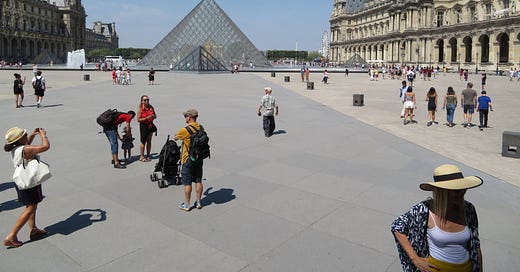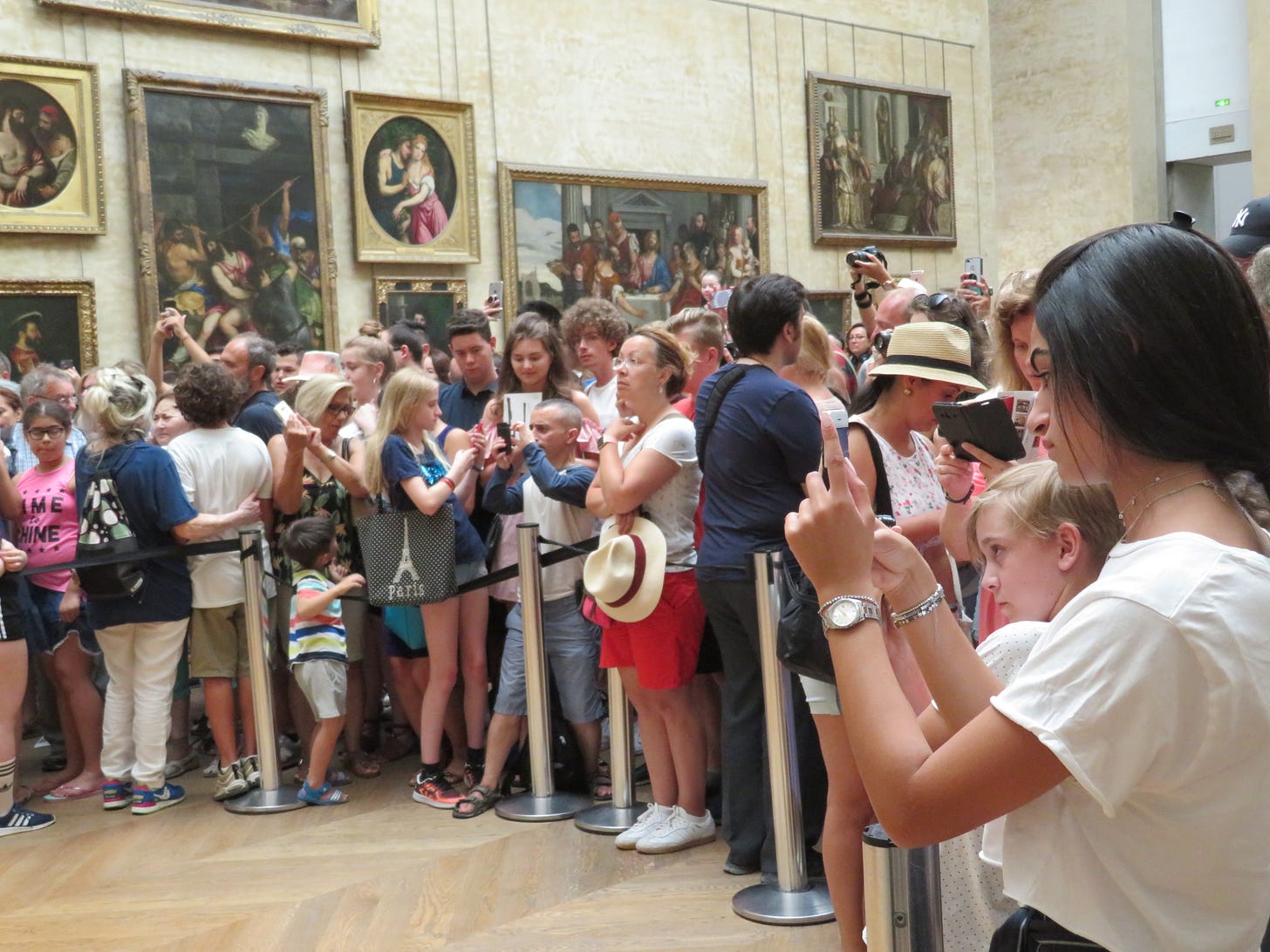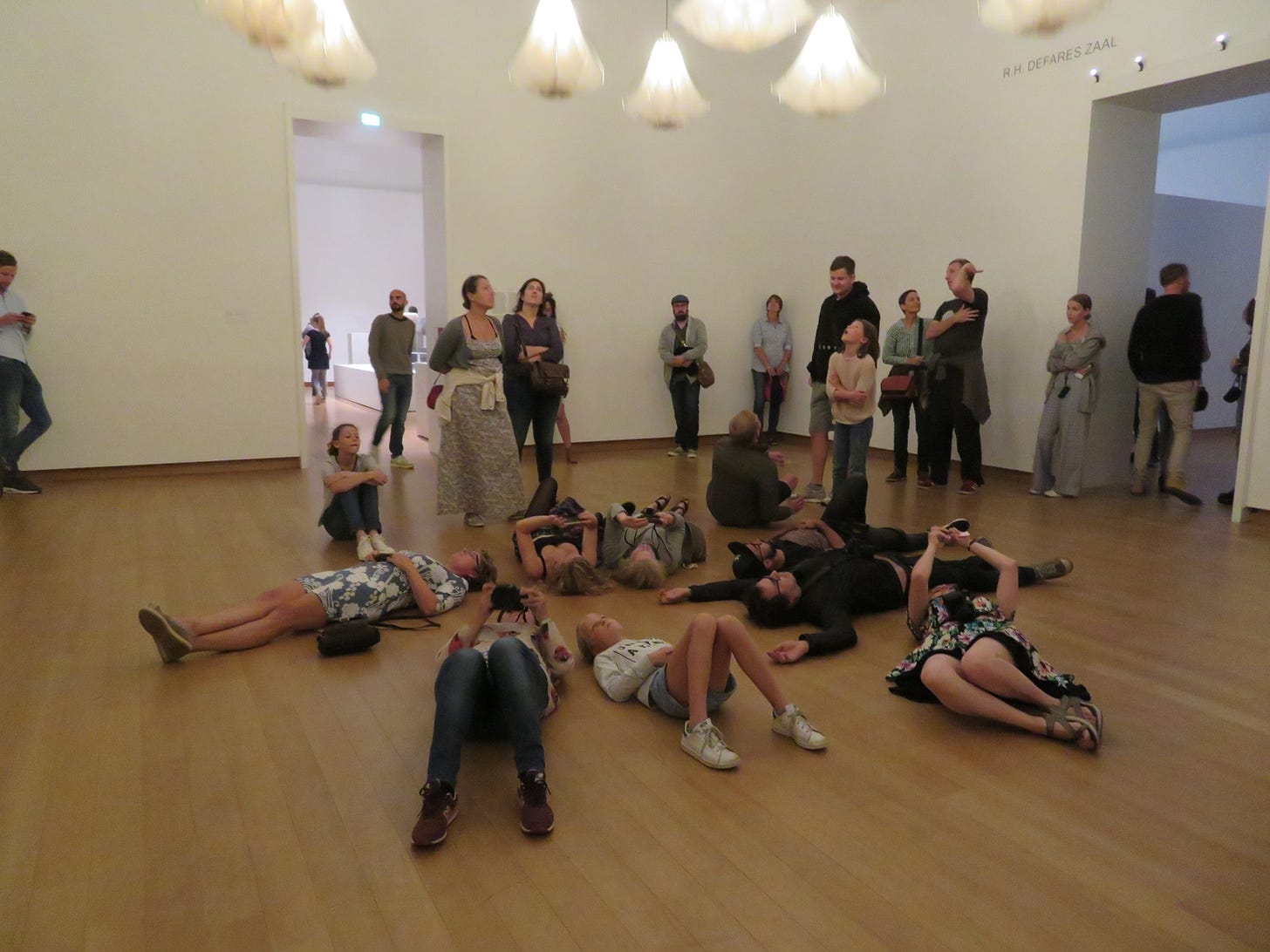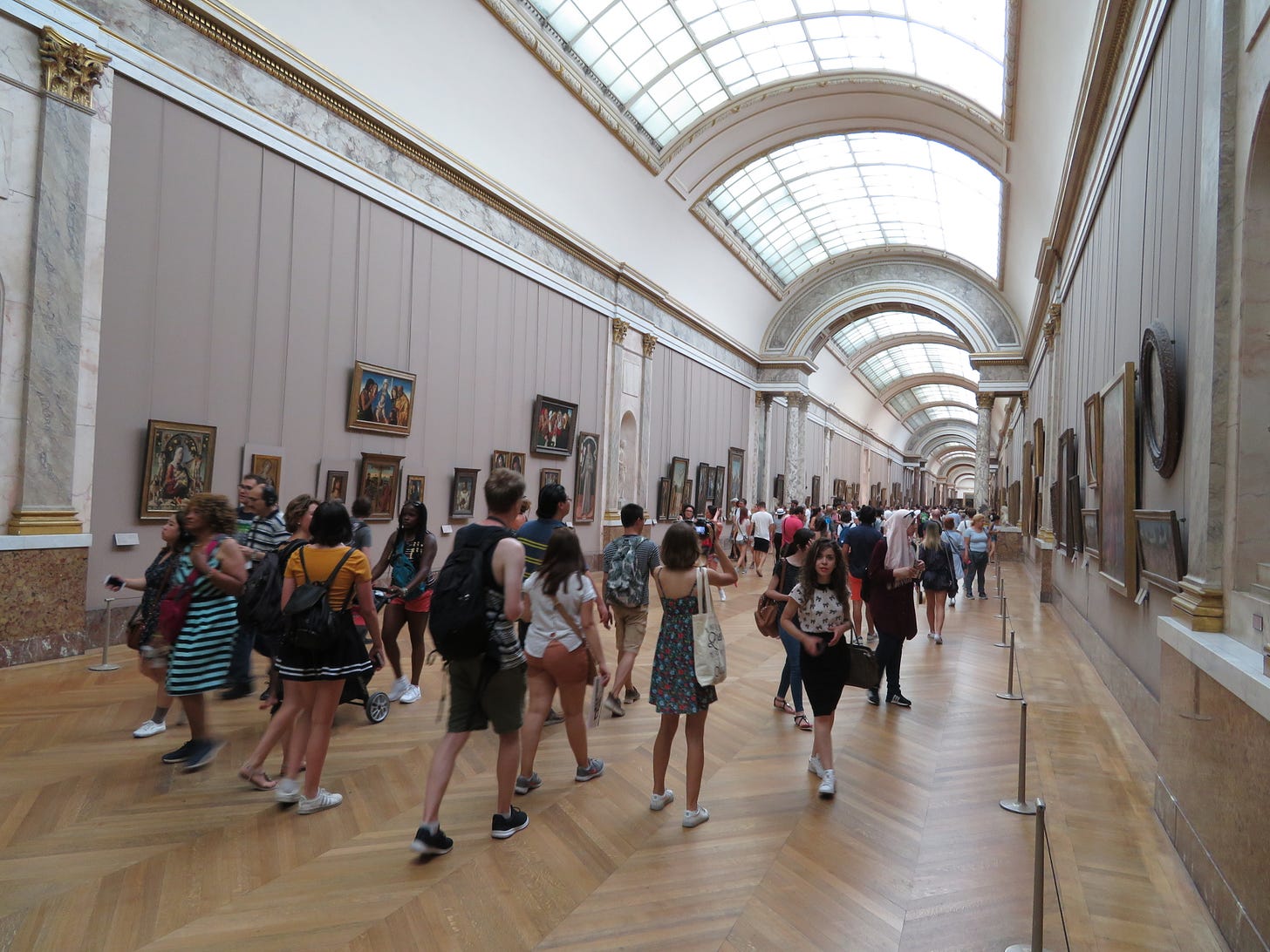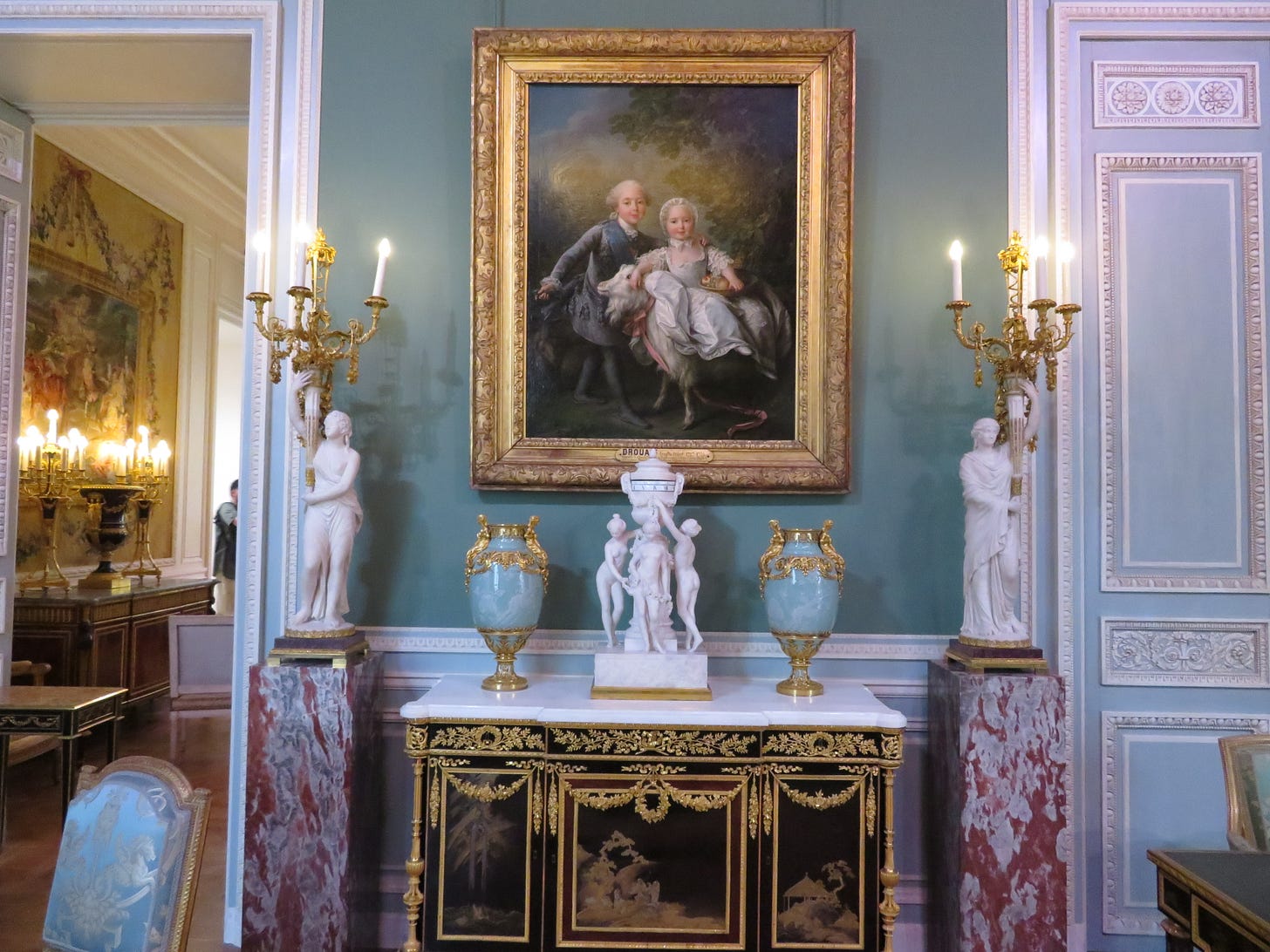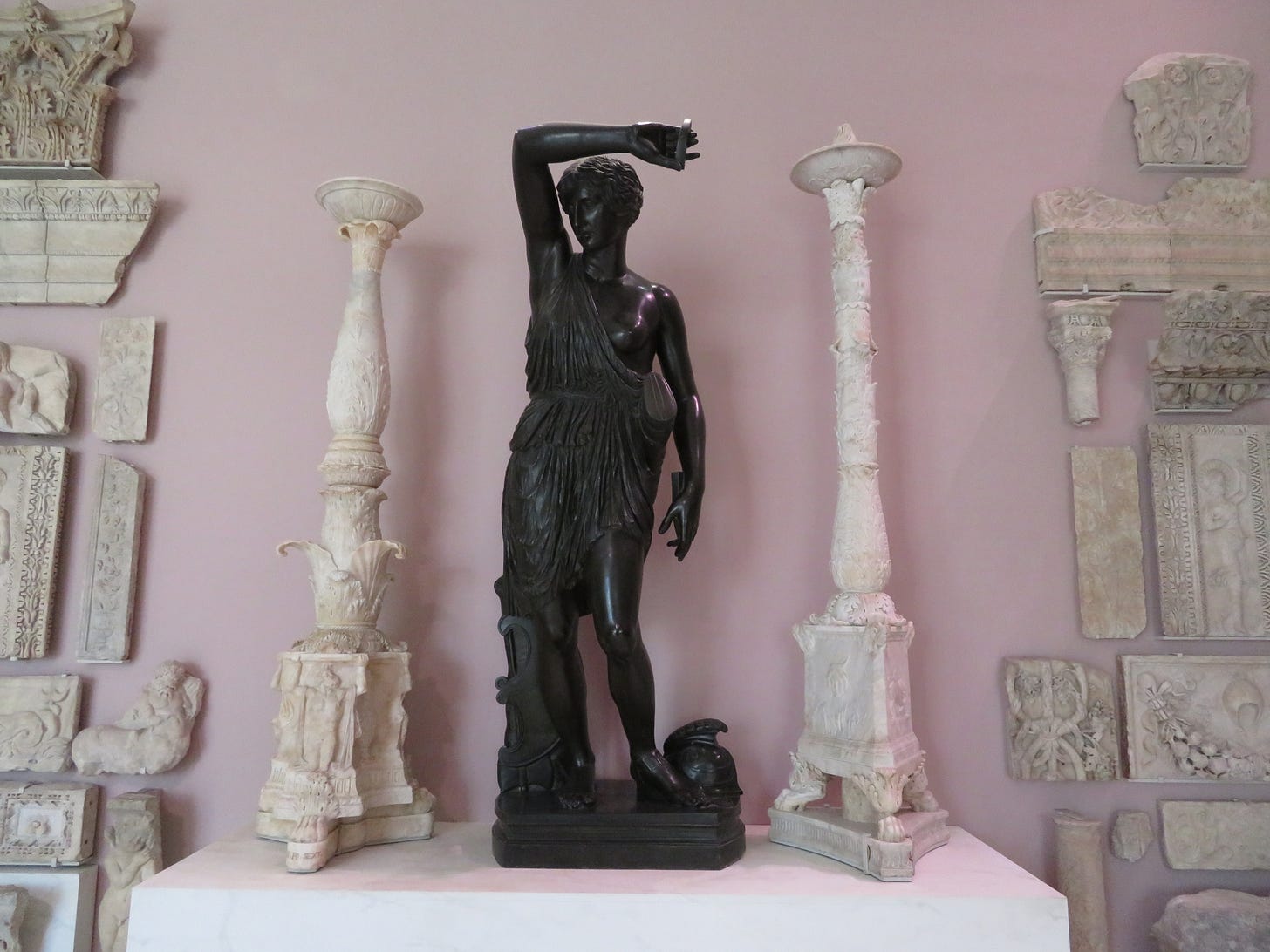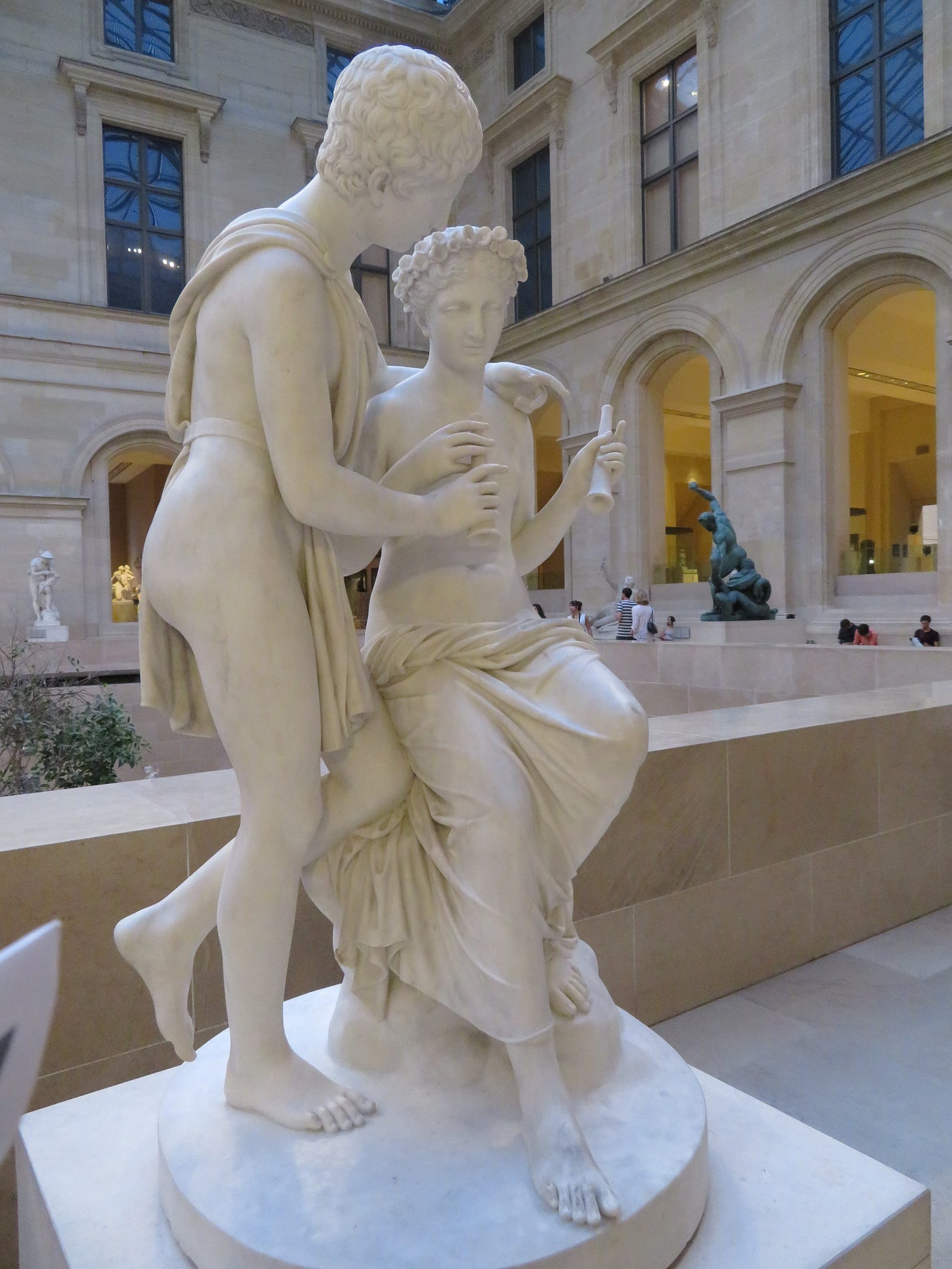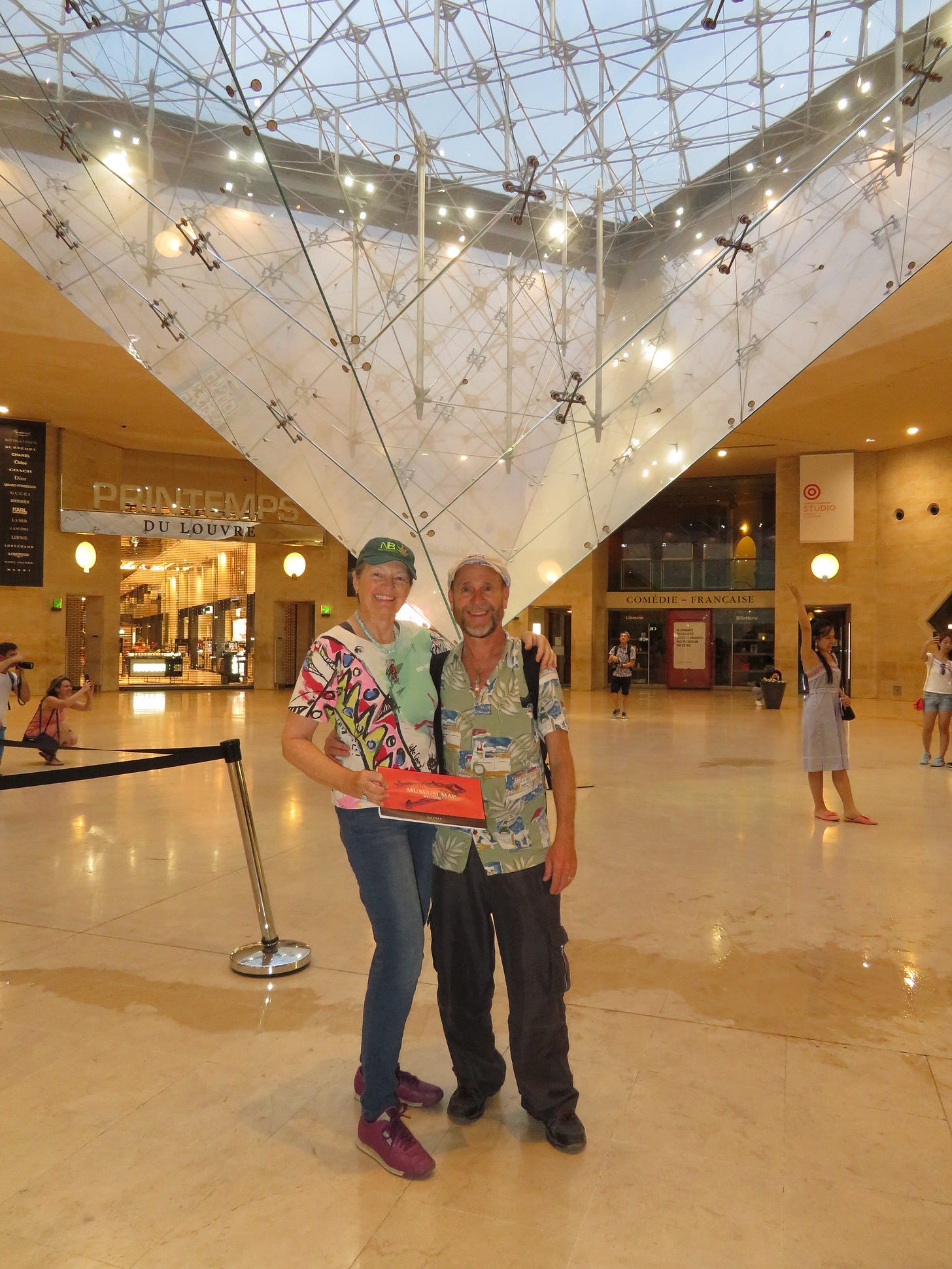On our 2018 visit to Paris, Mark and I carved out an entire day to explore The Louvre. We joined the throngs under the iconic glass pyramid, passed through security, and immersed ourselves in one of the world’s greatest artistic treasures.
From the Mona Lisa's enigmatic smile to the solemn Winged Victory of Samothrace, we captured dozens of photos and soaked in the aura of centuries past. At the time, we remarked how crowded it was, elbow to elbow with tourists angling for selfies, audio guides in every language competing for sonic space. Still, it never occurred to us that one day The Louvre might actually close its doors because of too many people.
And yet, that day has come.
Recently, The Louvre, arguably the beating heart of art history, announced temporary closures due to limited staff and unmanageable crowds. France, like many countries, is confronting the pressures of over-tourism. The issue is not just the volume of visitors. It is the quality of the experience, for both travelers and locals, that suffers when monumental spaces become chaotic photo ops with long lines snaking past weary guards.
This phenomenon is not confined to Paris. It is happening in Rome, Venice, Barcelona, Amsterdam, and across national parks in the United States. Tourists clamor for access to the iconic, but few seem inclined to tread lightly. And this brings us to the stereotype that refuses to die: the Ugly American.
We have all seen the type. Loud. Entitled. Oblivious to local customs. Demanding ketchup in Florence. Complaining about the lack of air conditioning in a 12th-century monastery. The Ugly American is not always American, of course. It is a mindset, not a passport. It is the failure to adapt, to listen, and to respect. And it appears to be on the rise.
We live in a time when experiences are curated less for personal memory and more for social media. The Louvre becomes less a sanctuary for reflection and more a backdrop for TikTok. This shift in purpose erodes the sacredness of art, history, and culture. As a filmmaker and storyteller, I find this troubling.
When Mark and I walked through the Louvre that day, we took time to read placards, to discuss brush strokes, and to marvel at humanity’s creative evolution. I remember whispering in reverence at Delacroix’s Liberty Leading the People, feeling the artist's fire leap across centuries. What happens to that kind of moment when the room is packed wall to wall and security is trying to herd people through like cattle?
The Louvre’s closure is a red flag, not just for Paris but for all of us. We need to rethink how we move through the world, how we travel, and why we travel. Are we guests, or are we consumers?
Sharing our photos now feels different than it did in 2018. There is a tinge of nostalgia, but also a quiet warning. Let us be better stewards of the beauty we seek. Let us treat each gallery, monument, and landscape as sacred. Let us travel not only to take, but also to give something back.
We still have time to shift course. But the Louvre’s shuttering, even for a day, sends a signal. Let’s listen.
Our photos from that day capture not only the grandeur of the art, but also a few fleeting moments of stillness. Moments that may become rarer if we do not pay attention.


